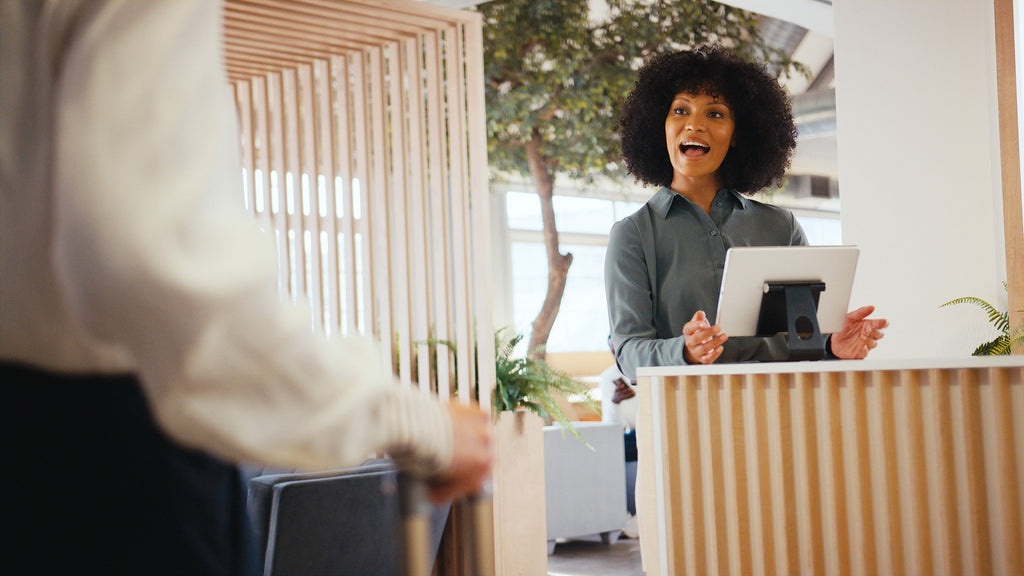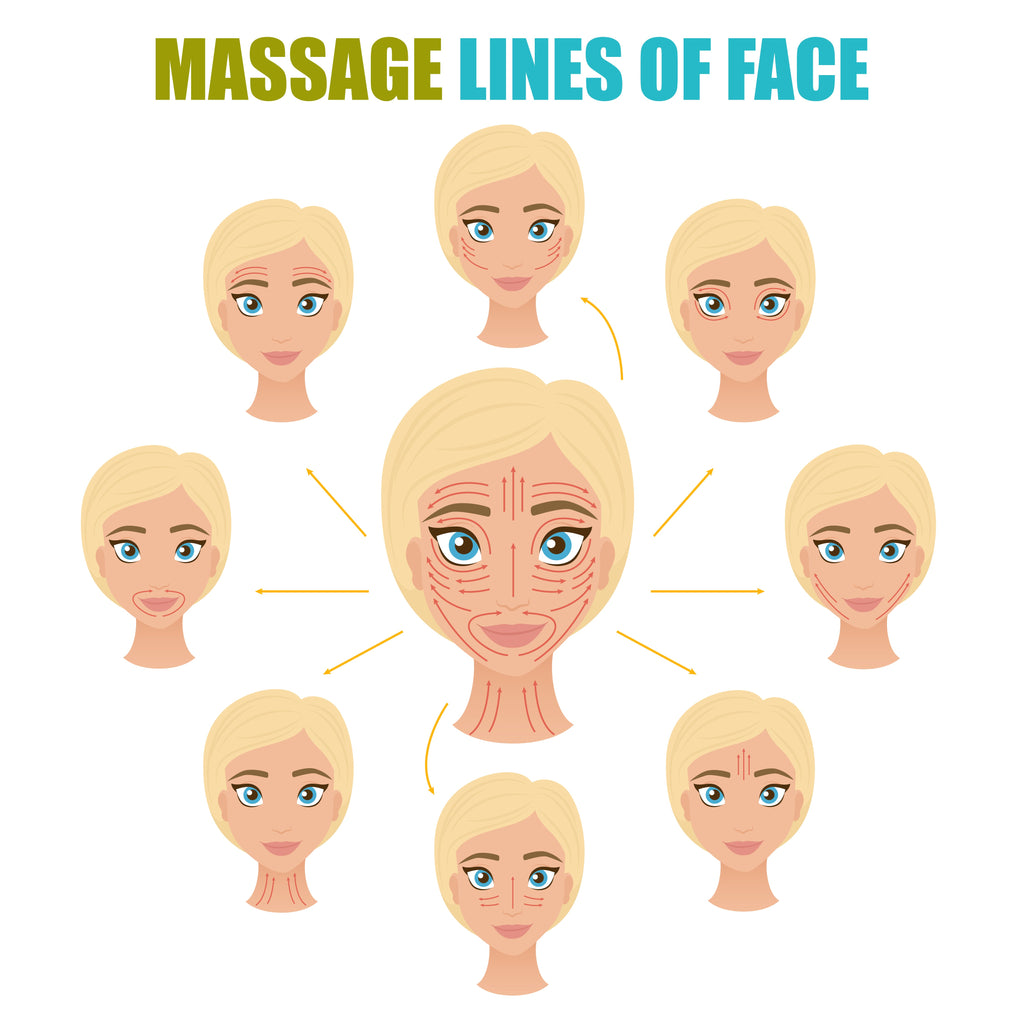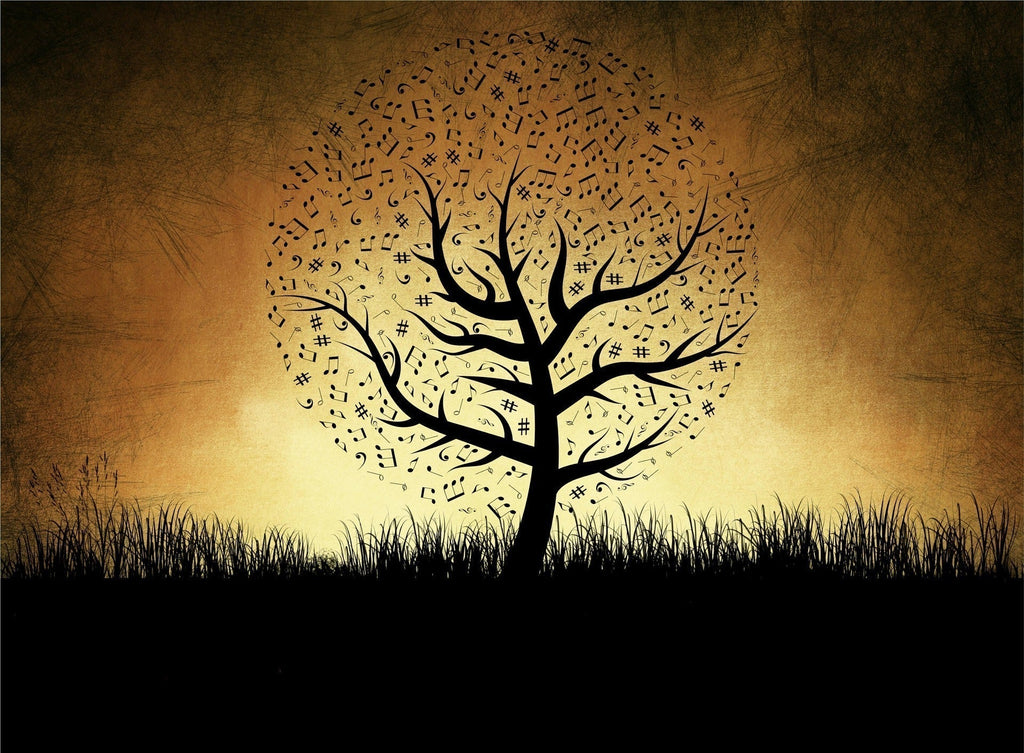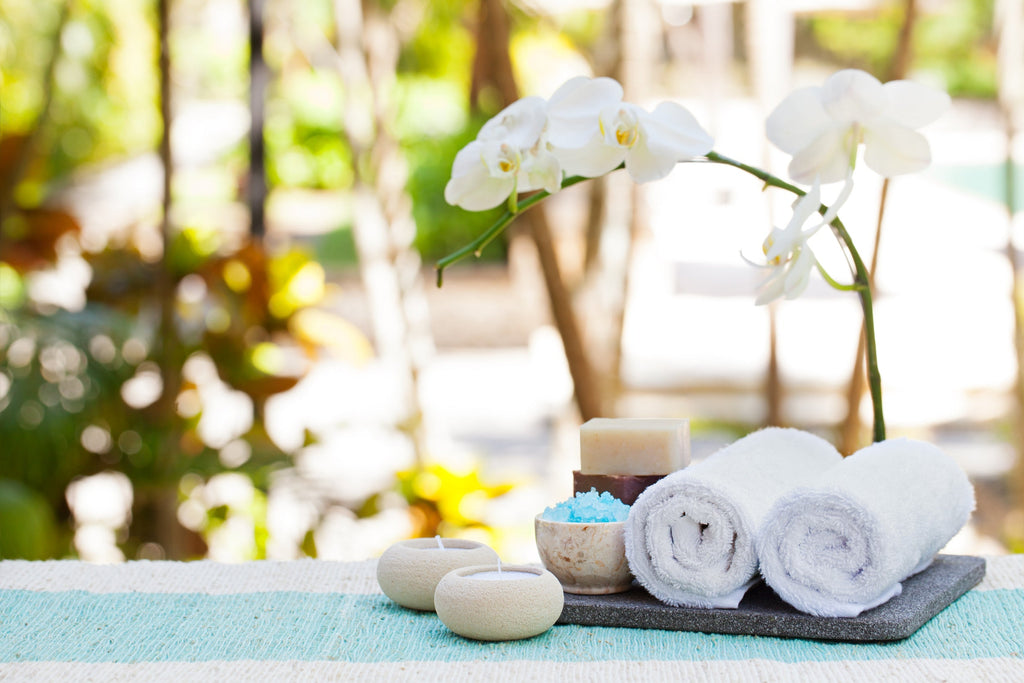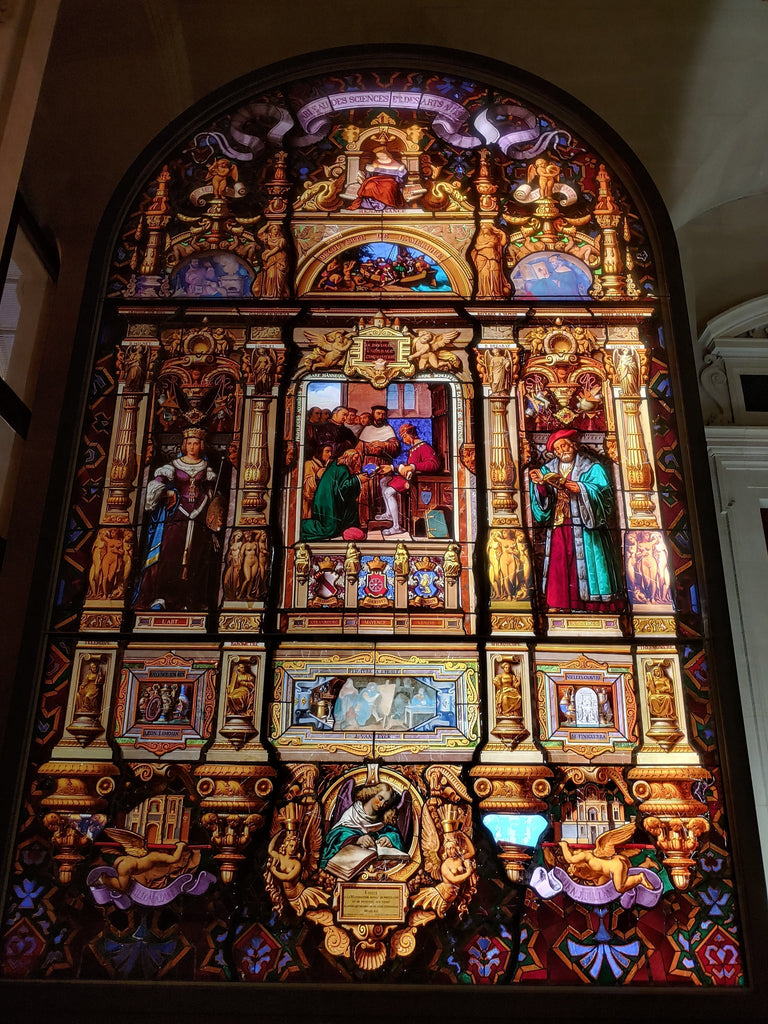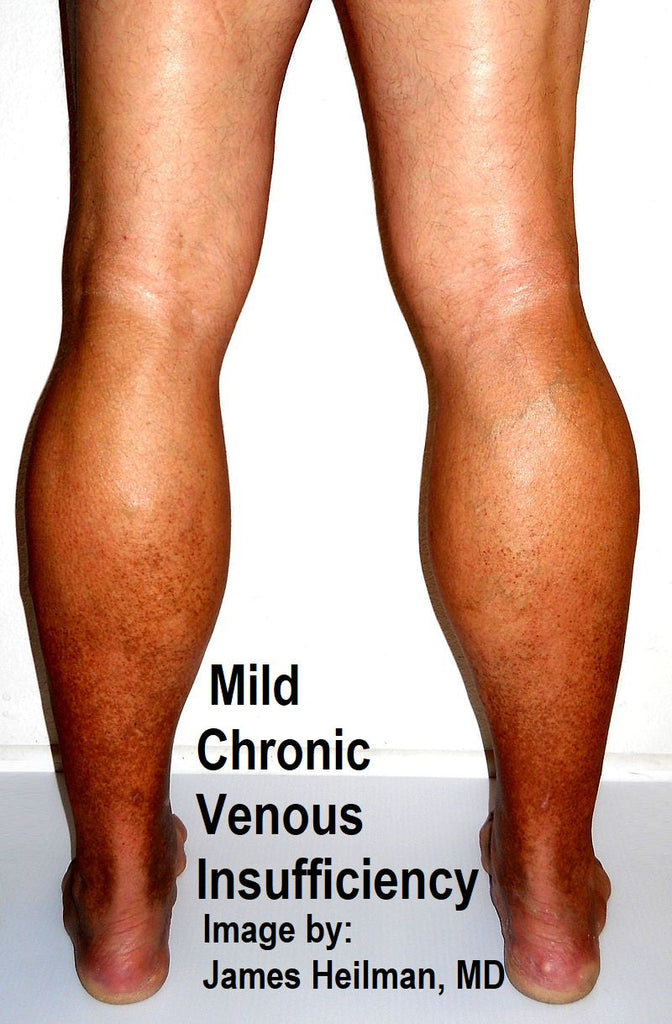The answer is NO. Massage therapists do not need to hire nor employ a receptionist for their clients, especially when working with other established businesses who can assist.
Back around 2003, I opened up a 3rd location to my Massage Works Inc. establishment at Gold’s gym. We simply had one treatment room at the gym for regular massage services, with a massage therapist who had appointments on-site and waited on-site in-between. These therapists who were sent to our third location at the gym were used to having between one to three reception staff on-site and always at our main location on Washington Street, where we operated 10 simultaneous treatment rooms of massage, chiropractic services, thermal therapies, acupuncture, endermologie, esthetics care, and various forms of bodywork, 12 hours a day, 7 days a week. So, some found it weird to be all by themselves with a single treatment room at the gym after working in such a busy clinic for the same employer, but it was doable. Often the massage therapist was available to greet their next massage client at the gym’s single treatment room establishment, and when they were not available to greet them, the gym staff would greet the client and ask them to sit and wait until the massage therapist was available.

Now some would see that gym scenario fairly typical or even low brow for operating standards. So when I just had a tremendous massage and spa experience at one of the top establishments in the world that also did not employ a dedicated receptionist, I decided it was time to write about it and share this acceptable business standard. This is when I sought service at the House of Guerlain which is one of the oldest and well known beauty brands in the world, originally established in 1828 in Paris, France.
Far from stand alone establishments like most spa, bodywork or massage therapy practices, Gurlain spa services are primarily offered in the world’s most prestigious locations, such as the Michelin Star Relais Christine Hotel in Paris, France. Like many other top resorts, hotels or destinations, spa treatment areas are often relegated to highly modified basements given this type of treatment of business is usually an add-on operation long after the business was established. Spa and massage services became more prevalent, popular and in demand around the 1980s. Today, a top hotel or destination would be considered incomplete without these services.

Sometimes when you have a smaller practice that’s relegated to a basement or single treatment room, there is not enough staff or income being generated to pay a receptionist, nevermind the lack of work they might have only receiving one customer per hour, etc. So it wouldn’t make sense to employ a receptionist for this type of operation both sensibly and financially. That brings me to the epic Gurlain spa at Relais Christine, where there are only two treatment rooms in a dedicated 1,500 square foot spa space in the hotel basement. They have one single treatment room and one couples treatment room, and sometimes only one practitioner total is working at the spa at a time. Yet it still manages to achieve jaw dropping greatness through its ambience with excellent high-end products and services. Below are pictures of the two treatment rooms available at Hotel Relais Christine's Guerlain Spa.


In the gym or "wellness" and high-end spa establishment mentioned above, both had staff that were designated for other operations filling in to help with reception duties for their respective clients. At Relais Christine, you have to walk past the front desk and hotel staff before getting to the stairs of the spa, and of course they will inquire if you need assistance if you do not ask for it yourself. At the Calmer Clinic in London, England, I encountered a receptionist on the first day I visited and no receptionist when I returned for my reflexology and Ayurvedic treatments. I simply entered and sat in the waiting area until my therapist received me. The world did not end because of an absent receptionist.
Now with massage, especially when working with the unknown public, it is considered safer to have a second person on-site (such as a receptionist) for obvious reasons. The client will know someone else is there, and that will hopefully help them behave properly. Having no receptionist or other visible person on-site where massage therapy is publicly offered could potentially leave a therapist in a higher vulnerable position for solicitation of sexual services which still occurs to this day. We want to note that most spas and establishments today require their clients to sign a no-harassment policy prior to the start of service, so if you work independently or without a receptionist, we suggest you set up practices that help ensure your safety and make better sense for you.
If you’re going to operate an establishment with a waiting area and no reception staff, set it up in a way that would be user friendly for both you and your clients. That would include having chairs that have arms where a physically disabled client would be able to easier lower or raise themselves out of a chair. Providing reading materials and client health history intake forms to complete in your absence, so that they can make a better use of their time. Make sure there’s signage to the bathroom which they can also use before treatment, which could expedite your service once available as well. If you sell retail, have valuables or simply want to be smart about you and your property’s safety, install security cameras that record to a cloud or off-site location of the common areas. Be sure to publicly post that security cameras are in use in visible spaces, and do not include security cameras in private areas such as treatment rooms or bathrooms. While security cameras can be used in hydrotherapy areas such as pools, plunges, salt areas and more when properly posted, they should not be used where a client may be recorded exposed in various stages of nudity where others cannot see them, so a camera should not either.

When setting up your own spa services or massage practice, while it’s always nice to have a receptionist tend to your every need, do not think that is a prerequisite to a successful business. The examples above should effectively show that receptionists are not an essential requirement. Although it would be good to find work space in a shared environment such as the hotel or gym whether other staff are present and could momentarily help you receive your clients if you are not available to do so upon their arrival. Think about WeWork, where you pay for a single office but then have access to large conference rooms, kitchens, reception staff and the like. While it is more than acceptable to go it alone, there are also shared staff opportunities in like businesses that may make sense for you too.
To learn more about better business practices for both the spa and massage industry, please enroll in training at our school at: https://ceinstitute.com/

